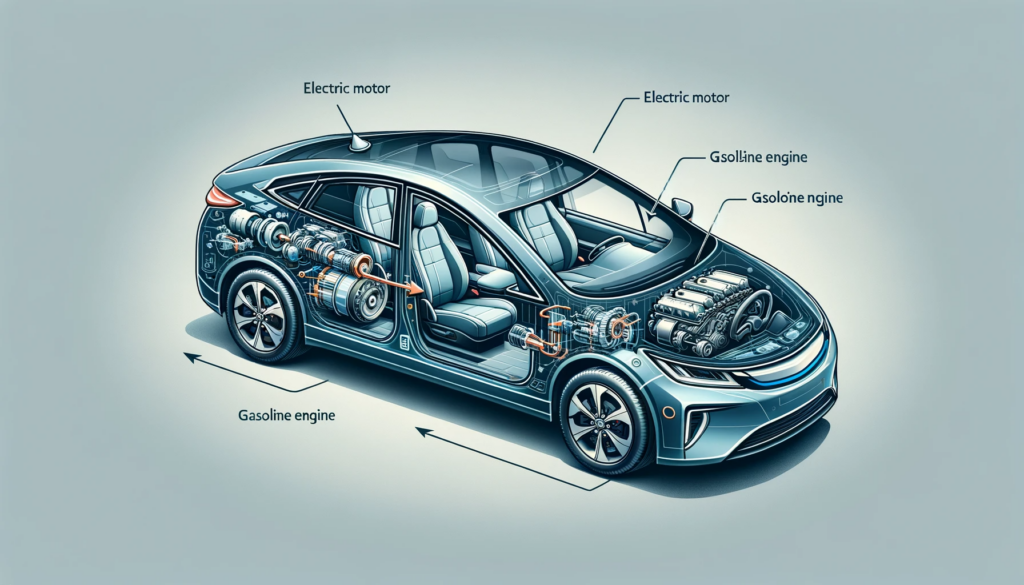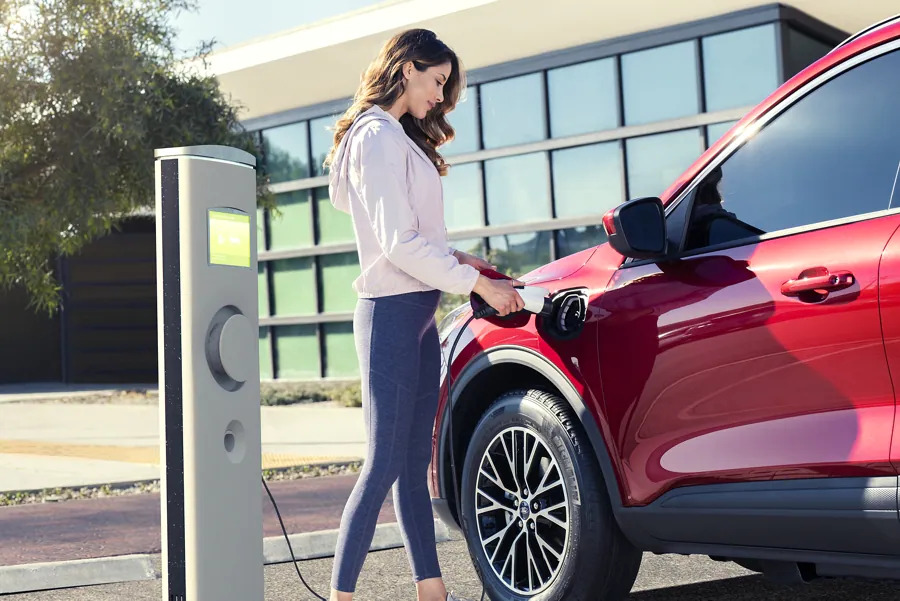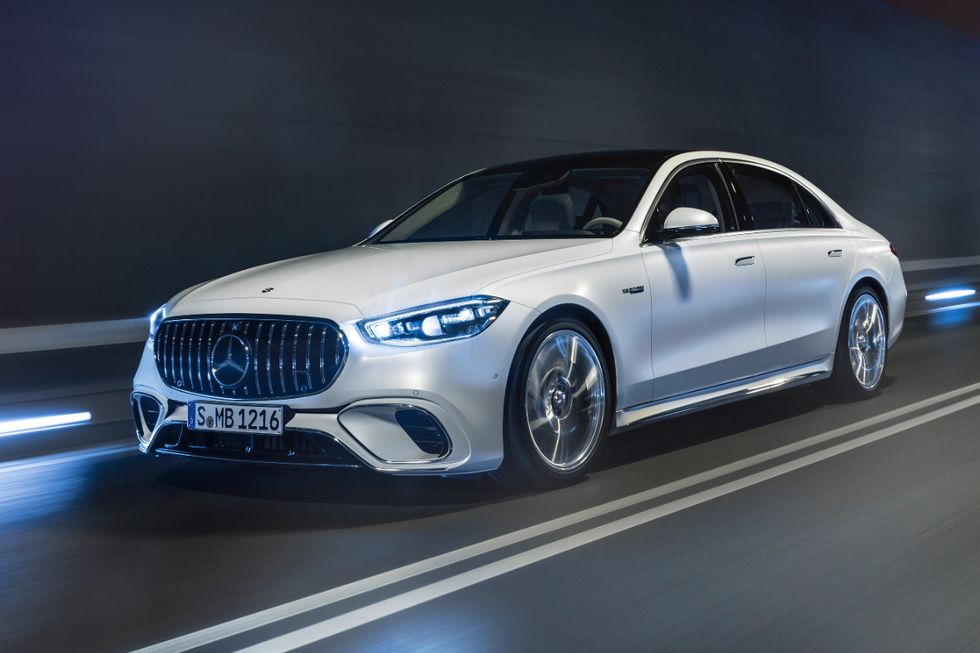Remember that humongous gas station line you were stuck in last summer? Or the news report you saw about rising air pollution levels in your city? If you’re like most people, concerns about fuel costs and the environment are playing an increasingly important role in your car buying decisions.
That’s where hybrid cars come in, offering a compelling blend of efficiency, eco-friendliness, and practicality. But how exactly do these marvels of modern engineering work?
Don’t worry, gearheads and curious citizens alike! This comprehensive guide is here to demystify hybrid car technology, peeling back the layers and revealing the magic within.
Hybrids: Beacons of Hope for Cleaner Transportation
As the demand for cleaner and more sustainable transportation options surges, hybrid cars have become a beacon of hope. Boasting significantly improved fuel economy compared to traditional gasoline vehicles and emitting less harmful pollutants, they’re not just trendy; they’re a responsible choice for our planet.
But their technology can seem a bit…well, cryptic. Fear not! This article will be your trusty roadmap, navigating you through the inner workings of hybrid cars, explaining each component, and ultimately empowering you to make informed decisions about your next automotive adventure.
Breaking Down the Basics: Teamwork on the Road

- The Electric Motor: Your clean and efficient sidekick, quietly zipping you around town using electricity stored in a battery pack. Think of it as a powerful blender on wheels!
- The Gasoline Engine: Your trusty backup, seamlessly kicking in for extra oomph when tackling hills or cruising on the highway. It’s always there when you need it.
These powerhouses work together in various ways:
- Parallel Mode: Both the electric motor and gasoline engine contribute simultaneously, like two friends working side-by-side to propel you forward.
- Series Mode: The gasoline engine acts as a generator, powering the electric motor, similar to a tag-team relay race where one teammate (generator) supports the other (motor) to achieve the goal.
- Plug-in Hybrids: These hybrids can be charged from an external source, allowing you to drive in electric mode for longer distances before the gasoline engine takes over. Think of it as having a bigger battery pack that you can recharge at home or at charging stations.
Stay tuned, curious minds! In the next section, we’ll delve deeper into the specifics of these key players and see how they work together to make hybrid cars such fascinating and efficient machines.
Deep Dive into Hybrid Components: Unveiling the Secrets
Now that we understand the teamwork, let’s meet the individual players on this exciting team:
- The Electric Motor: Imagine the silent whoosh of instant acceleration – that’s the magic of this EV champion. Powered by electricity stored in the battery pack, it delivers smooth and efficient power, especially at low speeds and during city driving. It’s your personal champion for clean and quiet commutes.
- The Gasoline Engine: Don’t underestimate this reliable teammate! It plays a crucial role when you need more power, like tackling steep inclines or cruising on the highway. It acts as a seamless backup, ensuring you never run out of juice. And the good news? Compared to traditional gasoline cars, hybrid engines are typically smaller and more efficient, contributing to the car’s overall fuel economy.
- The Battery Pack: Think of it as the energy reservoir that fuels the electric motor. This pack stores electricity, either captured during regenerative braking or provided by an external source in plug-in hybrids. The size and capacity of the battery pack determine the electric driving range of the hybrid, so it’s a key player in the fuel efficiency game.
- The Regenerative Braking System: This clever system is like a mini power plant built into your brakes. When you slow down or apply the brakes, the electric motor kicks into reverse, acting as a generator. This magic trick converts the kinetic energy from braking into electricity, which is stored back in the battery pack, replenishing your energy reserves and reducing reliance on the gasoline engine. It’s a win-win for both efficiency and the environment!
- The Hybrid Control Unit: Think of it as the brain of the operation, constantly monitoring factors like battery level, vehicle speed, and driver demand. It’s the mastermind behind the seamless switching between electric and gasoline power, ensuring optimal efficiency and performance. Here’s a peek into how it works:
- Starting the Show: When you press the start button, the control unit usually engages the electric motor first, thanks to its silent and efficient nature.
- Cruising with Efficiency: During steady-state driving, the control unit might rely solely on the electric motor, especially at lower speeds. This maximizes fuel economy and minimizes emissions.
- Teaming Up for Power: When you need more power, like accelerating or tackling hills, the control unit brings the gasoline engine into play. It seamlessly blends the power from both sources to deliver the desired performance.
- Regenerative Braking: When you apply the brakes, the control unit employs the regenerative braking system. The electric motor switches into generator mode, capturing the kinetic energy from braking and converting it back into electricity to recharge the battery.
- Maintaining Battery Health: The control unit carefully manages the battery’s charge and discharge cycles to optimize its lifespan and performance. It prevents the battery from completely depleting or overcharging, ensuring its long-term health.
Working Together: The Hybrid System Explained
Imagine cruising silently down a peaceful street, propelled by the electric motor’s stored energy. This is the beauty of hybrid efficiency in action. But what happens when you need a quick burst of power to merge onto the highway? That’s where the gasoline engine seamlessly steps in, providing the extra oomph. This dynamic dance is orchestrated by the maestro of the show – the hybrid control unit.
The Maestro: Hybrid Control Unit
Think of this unit as the brain, constantly monitoring battery level, vehicle speed, and your driving needs. It’s the mastermind behind the smooth transition between electric and gasoline power, ensuring optimal efficiency and performance. Here’s a glimpse into its magic:
- Starting the Show: When you press the start button, the control unit usually favors the electric motor first, thanks to its silent and efficient nature.
- Cruising with Efficiency: During steady driving, especially at lower speeds, the control unit might rely solely on the electric motor, maximizing fuel economy and minimizing emissions.
- Teaming Up for Power: When you need extra oomph for hills or acceleration, the control unit brings the gasoline engine into play. It seamlessly blends power from both sources to deliver the desired performance.
- Regenerative Braking: When you brake, the control unit utilizes the regenerative braking system. The electric motor transforms into a generator, capturing braking energy and converting it back into electricity to recharge the battery. This win-win reduces reliance on the gasoline engine and benefits both efficiency and the environment.
- Maintaining Battery Health: The control unit carefully manages the battery’s charge and discharge cycles to optimize its lifespan and performance. It prevents complete depletion or overcharging, ensuring long-term battery health.
Advanced Features for Even More Efficiency
Modern hybrid systems offer even more sophisticated features to enhance performance and fuel economy:
- Electric-only Mode: Some hybrids allow you to drive short distances solely on electric power, perfect for emission-free commutes or errands.
- Engine Start-Stop: This system automatically shuts off the gasoline engine when the car comes to a complete stop, further reducing fuel consumption and emissions during idling.
- Predictive Driving: Some advanced systems can anticipate upcoming road conditions and adjust the powertrain accordingly, maximizing efficiency even further.
Weighing the Options: Benefits and Drawbacks of Hybrids

We’ve delved into the world of hybrid cars, but before making a decision, let’s analyze the good and the not-so-good to see if it aligns with your needs:
Pros: Fuel Sipping Champs
- Fuel Efficiency: Rejoice at the pump! Hybrids boast significantly better fuel economy, translating to fewer trips, lower costs, and reduced reliance on fossil fuels.
- Cleaner Air, Happier Planet: By relying more on electric power, hybrids emit fewer harmful pollutants, contributing to cleaner air and benefiting your health and the environment.
- Silence is Golden: Electric motors deliver a smooth, quiet ride, especially noticeable in city driving. It’s a relaxing escape from the usual road noise.
- Government Green Light: Many governments offer incentives like tax credits and rebates to encourage hybrid purchases, making them more attractive options.
Cons: Weighing the Trade-offs
- Price Tag Bump: Be prepared for a slightly higher upfront cost compared to gasoline cars. While fuel savings and incentives help, it’s a factor to consider.
- Cargo Considerations: The battery pack sometimes occupies cargo space, especially in smaller models. If you frequently haul stuff, factor this into your decision.
- Tech Savvy Required: Hybrid systems are more complex than traditional engines, potentially requiring specialized and potentially more expensive maintenance. Research before diving in.
- Limited Electric Range: Most hybrids operate primarily in hybrid mode, with limited electric-only range. While sufficient for short commutes, long-distance trips might require charging station access.
Remember: The choice is yours! Consider your priorities. If fuel efficiency, environmental responsibility, and a smooth ride are key, a hybrid could be fantastic. But if budget is your main concern, require maximum cargo space, or frequently take long trips, a traditional gasoline car might be a better fit.
The Future of Hybrids: A Sustainable Journey

So, we’ve demystified the technology, explored its pros and cons, and hopefully empowered you for your next car purchase. But the story doesn’t end there. Hybrids are stepping stones on the path to a more sustainable transportation future, and their evolution is exciting!
Looking Ahead: Brighter and Better Batteries
Advancements in battery technology are crucial. Higher energy density and faster charging times will address range anxiety and make electric-only driving more feasible for longer distances.
Smarter Systems: Your Car, Your AI Pal
Expect even more intelligent control units and connected car technologies that optimize energy usage, predict driving patterns, and seamlessly integrate with charging infrastructure.
Building a Network: Charging Up the Future
The widespread availability of charging stations is vital for mass adoption of electric vehicles. Continued investment in public and private charging infrastructure is key.
Sustainable from the Inside Out
The focus on sustainability extends beyond just emissions. Look for hybrids and electric vehicles made with recycled materials and designed for end-of-life recyclability.
The Impact We Can Make: A Greener Horizon
The widespread adoption of hybrid and electric vehicles has the potential to significantly impact our world in positive ways:
- Reduced Greenhouse Gas Emissions: Combat climate change and create a cleaner planet for future generations by transitioning away from fossil fuels.
- Breathe Easier, Live Healthier: Fewer tailpipe emissions lead to cleaner air, especially in urban areas, benefiting public health and reducing respiratory illnesses.
- Energy Independence: Reduced reliance on imported oil can enhance energy security and stability for nations around the globe.
- Economic Growth: The development and production of clean energy technologies can create new jobs and boost economies.
The Road Ahead: Buckle Up for the Ride!
The future of transportation is undoubtedly electric, and hybrid cars play a crucial role in paving the way. As technology advances, infrastructure expands, and consumer preferences shift, we can expect to see even more efficient, sustainable, and accessible hybrid and electric vehicles on the road. So, buckle up and get ready for the exciting ride ahead!


